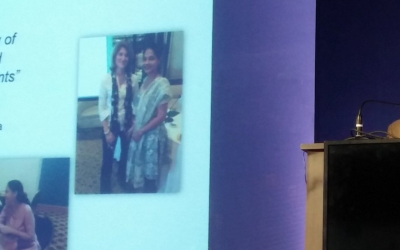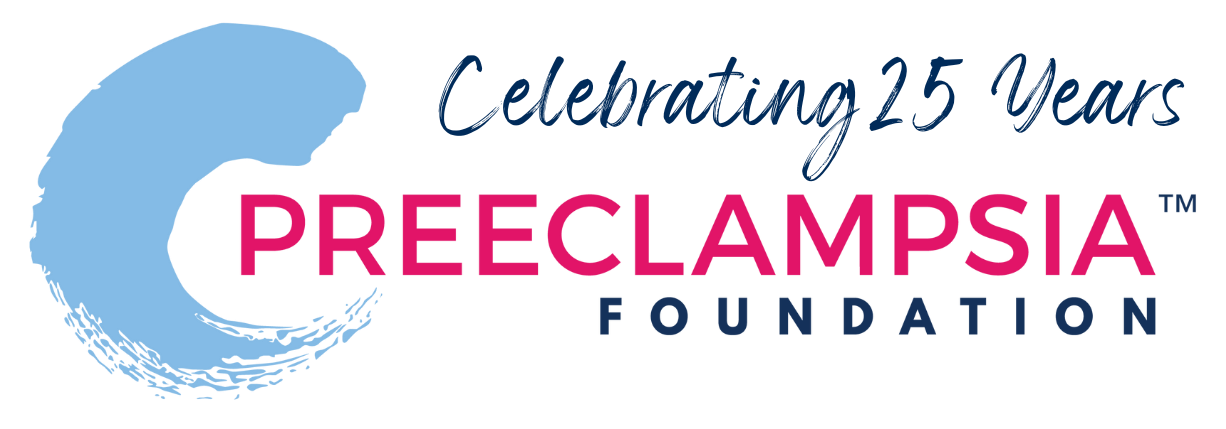
International Patient Care Guidelines
FIGO (2016): The International Federation of Gynaecology and Obstetrics (FIGO) published an evidence-based textbook that incorporates key findings of the PRE-EMPT global studies. The FIGO Textbook of Pregnancy Hypertension offers globally-relevant and robust evidence-based guidance for monitoring, prevention, and treatment of hypertensive disorders of pregnancy. This textbook represents a major step forward in knowledge translation and implementation of up-to-date, globally-relevant, and practical knowledge and advice. This open-access publication is aimed at health practitioners and allied health professionals, and includes special recommendations and sample policy statements for low-resource settings.
ISSHP (2014): In 2000, the International Society for the Study of Hypertension in Pregnancy (ISSHP) recognised that this lack of consensus was one reason for controversies concerning counselling, management, and documentation of immediate and remote pregnancy outcomes. Accordingly, the Society appointed a committee that reviewed available classifications and endorsed and published an international recommendation for how these disorders should be classified and diagnosed in pregnancy. This revised statement emerged in 2014 from ISSHP entitled; The classification, diagnosis, and management of the hypertensive disorders of pregnancy: A revised statement from the ISSHP.
United States (2013): The American College of Obstetricians and Gynecologists (the College) convened a task force of experts in the management of hypertension in pregnancy to review available data and publish evidence-based recommendations for clinical practice. The Task Force on Hypertension in Pregnancy comprised 17 clinician–scientists from the fields of obstetrics, maternal–fetal medicine, hypertension, internal medicine, nephrology, anesthesiology, physiology, and patient advocacy.
United Kingdom (2010): This clinical guideline from the National Institute for Health and Care Excellence (NICE) offers evidence-based advice on the care and treatment of women who have or are at risk of developing hypertension (high blood pressure) in pregnancy. It contains advice on the diagnosis and management of hypertension during pregnancy, birth and the postnatal period. It also includes advice for women with chronic hypertension who wish to conceive and for women who have had a pregnancy complicated by hypertension.
World Health Organization (2011): The WHO Technical Consultation made a total of 23 "Recommendations for the Prevention and Treatment of Pre-eclampsia and Eclampsia." For each recommendation, the quality of the supporting evidence was graded as very low, low, moderate or high. Then, taking into account the quality of the evidence and other factors (including the values and preferences, the magnitude of effect, the balance of benefits versus disadvantages, resource use and feasibility of each recommendation), the experts marked the recommendations as either weak or strong following the GRADE methodology.
Canada (2014): The literature reviewed included the previous Society of Obstetricians and Gynaecologists of Canada (SOGC) HDP guidelines from 2008 and their reference lists, and an update from 2006. Medline, Cochrane Database of Systematic Reviews (CDSR), Cochrane Central Registry of Controlled Trials (CCRCT) and Database of Abstracts and Reviews of Effects (DARE) were searched for literature published between January 2006 and March 2012. Articles were restricted to those published in French or English. Recommendations were evaluated using the criteria of the Canadian Task Force on Preventive Health Care and GRADE.
California Maternal Quality Care Collaborative Toolkit (2014): The CMQCC Preeclampsia Task Force, a multidisciplinary committee of experts developed this Toolkit for health care providers who care for women during the prenatal, birth, and postpartum periods. The Toolkit was extensively researched and included peer review and consensus among experts from around the state on best practices for early recognition, diagnosis, treatment and management of preeclampsia. A highlight is the identification of "triggers" or clinical warning signs that require immediate evaluation and communication with the provider, whether in the prenatal clinic, the emergency room, labor & delivery or postpartum.
American Heart Association Women's Cardiovascular Disease (2011): First women's cardiovascular guidelines to include preeclampsia as a risk indicator for long-term cardiovascular disease.
American Society of Hypertension Position Paper, US (2009): This American Society of Hypertension (ASH) position paper summarizes the clinical spectrum of hypertension in pregnancy, focusing on preeclampsia. Recent research breakthroughs relating to etiology are briefly reviewed. Topics include classification of the different forms of hypertension during pregnancy, and status of the tests available to predict preeclampsia, and strategies to prevent preeclampsia and to manage this serious disease. The use of antihypertensive drugs in pregnancy, and the prevention and treatment of the convulsive phase of preeclampsia, eclampsia, with intravenous MgSO4 is also highlighted. Of special note, this guideline article, specifically requested, reviewed, and accepted by ASH, includes solicited review advice from the American College of Obstetricians and Gynecologists.
PRECOG Guidelines, UK (2005): The pre-eclampsia community guideline (PRECOG) guidelines are meant to complement NICE’s antenatal guidelines for the routine care of healthy women. They provides advice for women excluded from the NICE remit because of risk factors or concurrent medical conditions and recommends test result thresholds and actions for step-up assessment for all women who have antenatal care in the community. They also apply to midwife led or general practitioner led care in the community and is applicable from first contact with a health professional until delivery. The evidence behind the guidelines are suggested by the authors to be used to adapt other antenatal guidelines, both within the United Kingdom and worldwide, as local circumstances and needs dictate.
Adverse Outcomes Calculator: The Pre-eclampsia Integrated Estimate of RiSk (PIERS) model was developed and validated in 8 tertiary perinatal units, internationally. It is intended for use by clinicians as a tool to stratify risk for adverse maternal outcomes within 48hrs of admission to hospital with pre-eclampsia.
Pre-eclampsia, The Lancet (2010): Comprehensive article about the condition and its international impact.
The Joint Commission's Sentinel Event Alert on Preventing Maternal Death, US (2010): The goal of all labor and delivery units is a safe birth for both newborn and mother. This Alert addresses the tragic loss of mothers. It identifies two out of four common preventable errors relate to hypertension in pregnancy and preeclampsia, and suggests actions to be taken by hospitals and physicians.
Related Articles
1763040575.png)
The Preeclampsia Foundation, a US-based not-for-profit focused on improving outcomes from hypertensive disorders of pregnancy, has been announced as one of 80+ organizations that were awarded funding...

Hypertensive disorders of pregnancy are a leading cause of maternal death in the state of Indiana. To address this critical issue, the Indiana Hospital Association is teaming up with the Preeclampsia...
1753716089.png)
Preeclampsia survivors and their supporters from across the United States will hit the pavement on Saturday, August 23, 2025, as part of the sixth annual Promise Walk Wherever virtual event to benefit...
_(4)1737997628.png)
The Preeclampsia Foundation announced today the recipients of its 2025 Peter Joseph Pappas Research Grants. Based on the recommendations of its Scientific Advisory Council, the Preeclampsia Foundation...

It’s with unimaginable gratitude that we recognize Dr. Tom Easterling, as he retires from his role as Director of the Preeclampsia Foundation Medical Advisory Board. To talk about Dr. Easterling...
